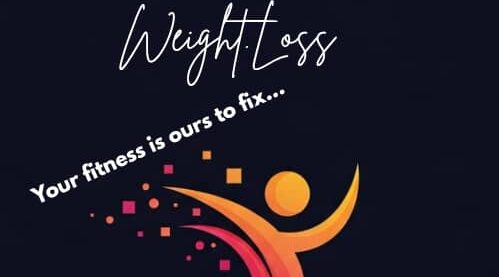The Original Fitbit Tracker designed by NewDealDesign
Defining Wearables & Wellness
When we started working with Fitbit in 2007, wearable wasn’t a word. Clunky pedometers, medical devices and masculine extreme fitness trackers dominated the market. These gadgets pushed tracking and monitoring technologies to extremes, completely missing the appeal to the broader population.
We designed a stylish device, the size of a clothes-pin, within which a technological marvel that continuously compiled and delivered data on the user’s activity level, promoting wellness by integrating this information into daily life. We called it the FitBit Tracker.
Inspired by the need of ordinary urban dwellers for increased fitness, the original FitBit was a wellness tracker in the form of a wireless tracker that clipped easily into clothing, complimenting any outfit. Like a flash drive for fitness, and powered by 3D motion sensor technology, the FitBit Tracker continues to this day to count steps taken, calories burned, and quality of sleep conveying this data in the display. With its own online network, the iconic wellness device lay the foundation for wearables and wellness of the future by painting vivid digital pictures of activity –– automatically uploading data to the online account of its wearer for easy tracking of progress over time.
The soul of this project was finding an elegant solution to a classic conundrum: Take an elite technology device and make it approachable to the average consumer. Our task was delivering an object whose form and function would blend effortlessly into daily life, attaching it seamlessly into every day’s fashion. To accomplish this, the design team established the following criteria for design success:
• Wearability: Make it comfortable, versatile, and concealable so that it can be worn effortlessly day and night, wearing jeans or a fitted dress.
• Psychological Impact: It should motivate users in urban settings to accomplish their wellness goals without being seen as a “pedometer” –– a product commonly perceived to be “geeky” or health-related.
• Ease of Use: Simple and hassle free. The product should ‘sell’ itself, explain its use in a timeless intuitive manner.
• Appearance: Stylish like jewelry exposed or comfortable hidden as a personal garment.
Working with Fitbit we broke out of the personal trackers’ traditional health, sport and weight loss mold. We defined new market segment we called “Wellness”: female friendly, honest, and insightful. Physical and digital followed this lead with the elegant FitBit clip. Its interface hid cold numbers translating data through as a playful, growing flower. Emotive and actionable, the flower grew and blossomed with every step taken.
By identifying this niche of user we were able to effectively bring the most elite technology available and make it accessible to the average consumer. Designed by women for women, the tracker successfully brought –– and continues to bring –– elegant and accessible wellness tracking to a culturally diverse group.
The Tracker was an overnight success, bringing personal data tracking to the new user group “Wellness” defining a new category in digital mobility. The Tracker created a branded “Look & Feel” and instant ‘buzz’ for Fitbit –– a startup with no previous products.
Likes: 0
Viewed:
source
